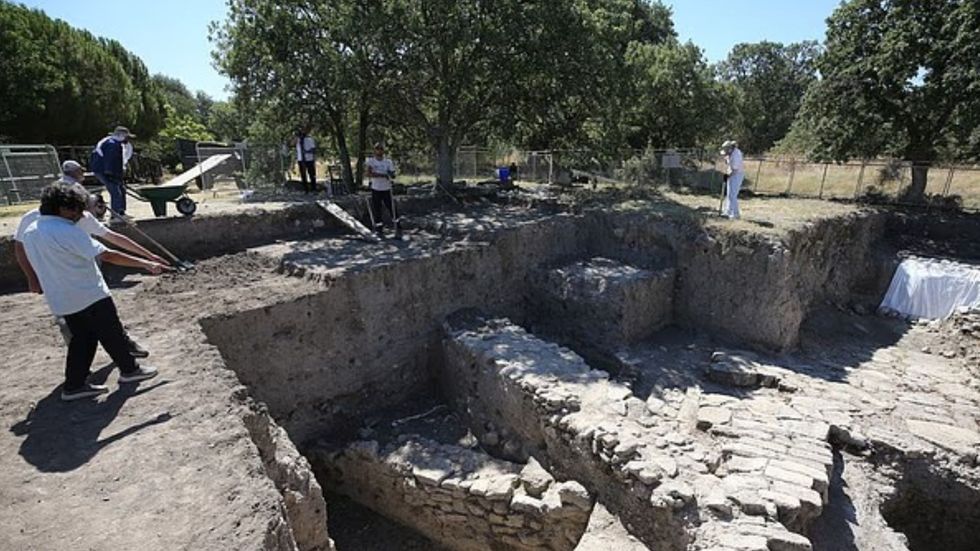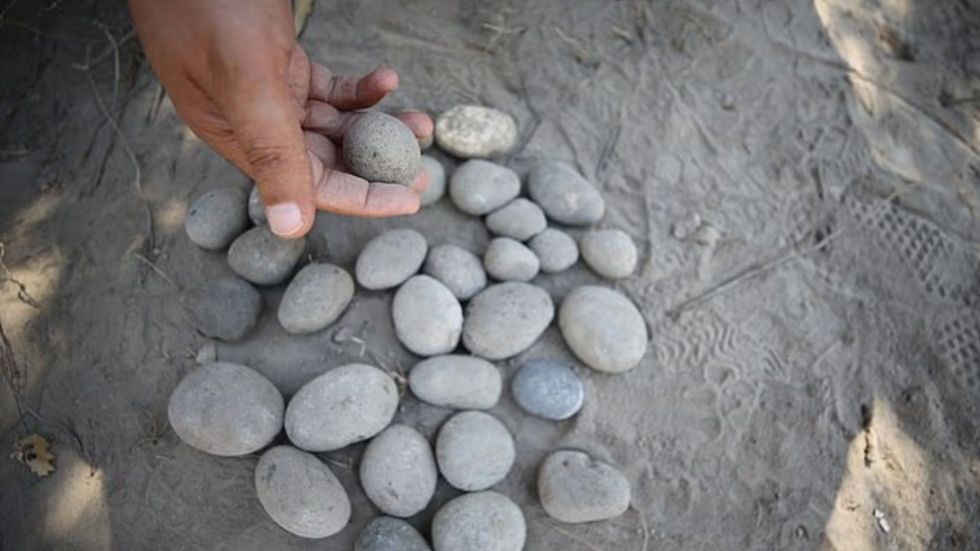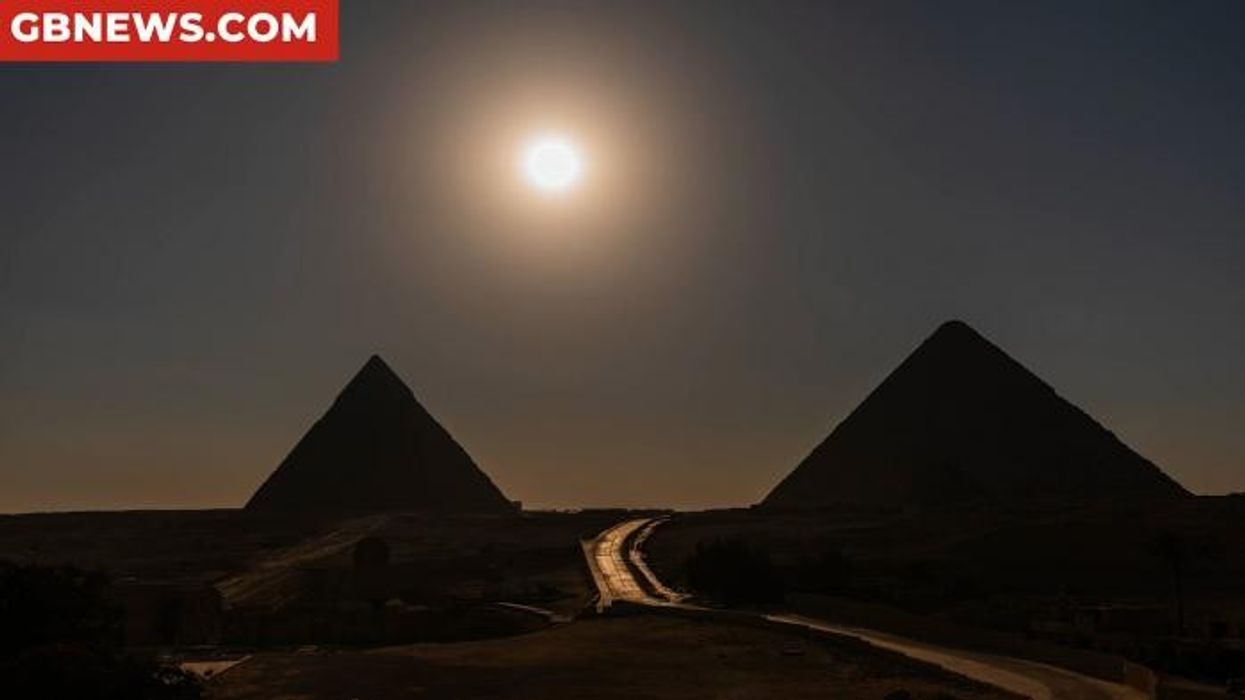Archaeology breakthrough as ancient ruins reveal fresh evidence of legendary Trojan War
The discovery dates back from approximately 3,200 to 3,600 years ago
Don't Miss
Most Read
Latest
Archaeologists have uncovered dozens of smoothed river rock sling stones, along with arrowheads, burnt structures and human skeletal remains.
Turkish archaeologists believe it is compelling physical evidence at Troy's ancient ruins.
These artefacts were found outside the former palace walls, suggesting violent confrontations occurred at the Bronze Age settlement.
The discoveries indicate sudden devastation befell the fortified city, aligning remarkably with Greek literary accounts of Troy's dramatic downfall.

Greek historians traditionally placed the conflict around 1184 BC
|AA
The weaponry and remains discovered at the site date from approximately 3,200 to 3,600 years ago.
Greek historians traditionally placed the conflict around 1184 BC, matching the archaeological evidence.
The smoothed projectiles are one of the Bronze Age's most lethal armaments, capable of inflicting fatal head injuries when launched from leather slings at considerable distances.
These aerodynamically refined stones were uncovered alongside additional military artefacts in what researchers describe as a concentrated deposit.
LATEST DEVELOPMENTS
Professor Rustem Aslan of Canakkale Onsekiz Mart University, who is leading the excavation, said: "This concentration of sling stones in such a small area suggests intense fighting, either a desperate defence or a full-scale assault."
The team's findings include bone implements, a sharp "biz" instrument designed to penetrate leather armour, and a knucklebone that likely served as a gaming piece.
Researchers have expanded upon a destruction layer initially identified in 2024, revealing charred structures, shattered weaponry and human corpses buried without ceremony.
These provide clear indicators of an abrupt, savage assault rather than gradual deterioration.

The sling stones suggest there was 'intense fighting'
|AA
The excavation forms part of the Legacy for the Future Project, supported by Turkey's Ministry of Culture and Tourism, concentrating on Troy's palace, marketplace and defensive fortifications.
The ancient city, identified as Wilusa in Hittite records, occupied a crucial position near the Dardanelles, serving as a prosperous trading centre linking Europe and Asia.
Archaeological investigations have continued on the site since the 1870s.
While experts acknowledge Troy's historical existence and probable involvement in Bronze Age conflicts, no physical evidence of the fabled wooden horse has emerged.








